Codemotion Rome: How to Close The Gap Between Web 2.0 and 3.0
Apr 17th, 2019 - Written by Andree Huk
This piece is a write-up of a talk I gave at Codemotion’s Rome tech conference in late March. I will go through the important slides. If you are curious to find out more, please be so kind to email me through this address.
• • •
I started the talk with a recent personal story that did not relate to the topic technically speaking. However, the main point does relate strongly though.
The story goes as follows: We did a party in late November. A neighbour called the police twice (that person calls the police 20x/year, literally). The police closed the party. I received an accusation from the city a few weeks later. My immediate reaction was to brush it off and reply with a short sentence.
But then something reminded me of the book by Dale Carnegie and his many lessons. One of it goes like this: Try to see things from the perspective of the other person.
Why this story? Because it’s easy to forget. And the same goes for how teams can develop a great product or a great user experience, for that matter. It’s easy to forget.
Alas, let’s not forget what’s important when developing a new product on fundamentally different grounds, ie. the blockchain.
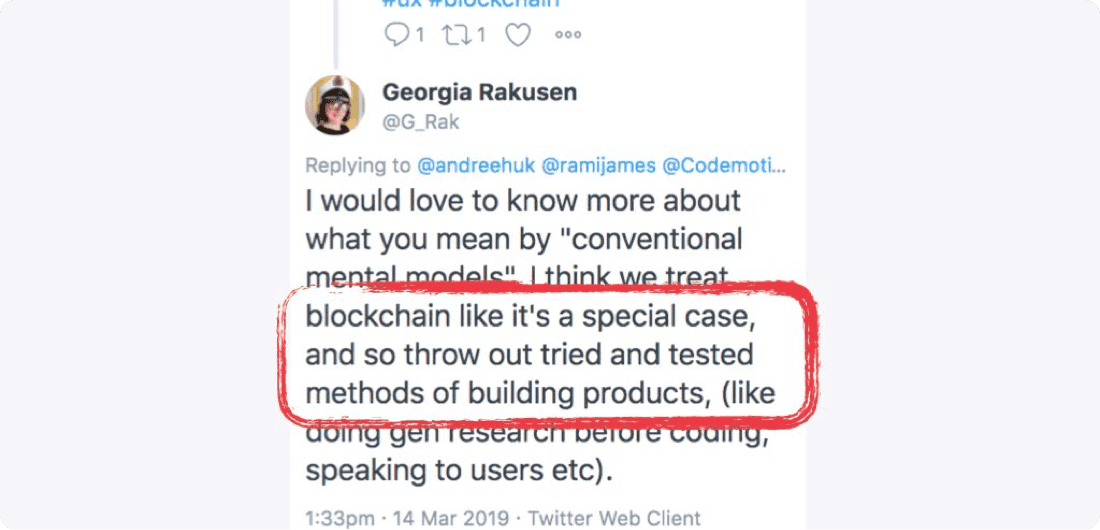
Just before I gave the talk I happened to have a great conversation with @Georgia Rakusen on Twitter. She also voiced an additional point about how designers and developers go about building blockchain based applications: The industry seems to “treat blockchain as this special case, and so throw out tried and tested methods of building products”.
I can only agree.
For one, the reasons are obvious I think: The space has mostly been interesting for technical nerds for the most part of the last few years, and less so for designers or product people. It’s still a young space that evolving.
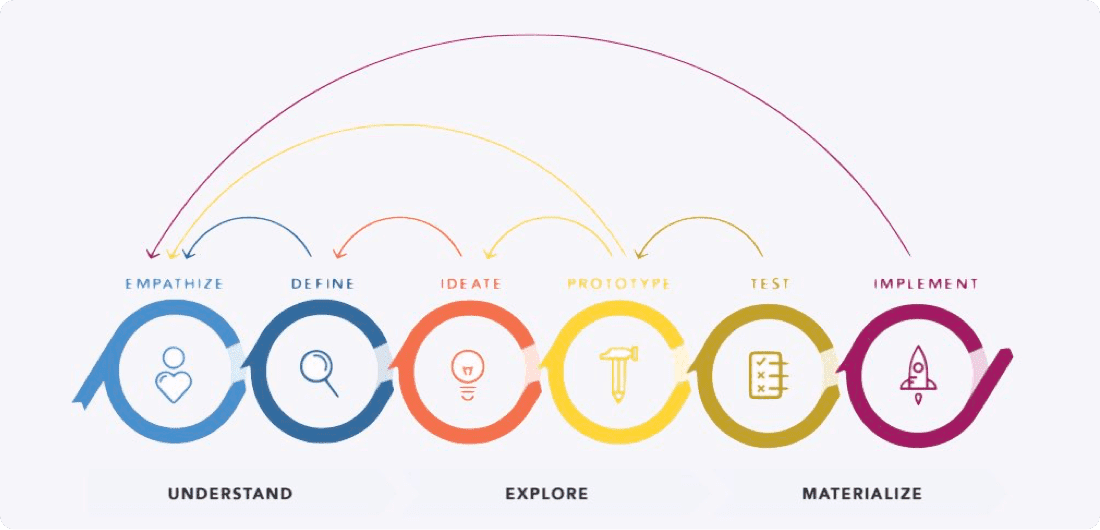
On the flip side, we have tried and tested methods of developing or building our products. So, it’s only for designers and developers to employ these methods in order to build better crypto or blockchain products for that matter.
Central to design or product development for that matter is a process that in general works like this:
- Empathize
- Define
- Ideate
- Prototype
- Test
- Implement
…and then to iterate and learn around the core use cases.

A somewhat popular example of the state of crypto is CryptoKitties. NPR run a show on which they tried to buy a Kitty. Guess that? They got to buy two but it took them 2 hours.
The process goes as follows:
- Create account on CryptoKitties
- Install Metamask, create wallet
- Sign up on an exchange
- Transfer fiat to that exchange
- Exchange fiat for ETH
- Send ETH to Metamask
- Buy CryptoKitties
Although their site itself is beautifully designed. The whole process from start to finish is horrible. During he talk, I asked how many people actually bought a Kitty at some point. 1 out of 60+ people raised their hand. In fact, he did not manage to get to the end.
Bottom line: We, as society, have come a long way over the past 20-25 years just to end up with such complicated services? That cannot be it.

But, of course, it’s not just the Kitties. Many other service make it very hard to the non-technically minded to use their service. Look at Chronobank above. So, which sign-up or login method do I use today? It should be quite obvious that these methods won’t last long, nor will that service if they remain to keep the UI as is.
Why do I talked about the registration or sign-up method of blockchain services? Well, if a user cannot sign up, the service will plainly die, to be replaced with something better, smarter, simpler.
At the moment the registration method various service have deployed are simply more complex than a conventional sign-up method. Unless such new service have a tremendously higher value than a typical conventional service, there ain’t a reason for a normal user to use it.
Hence, the current sign-up methods act as gatekeeper to this new space.
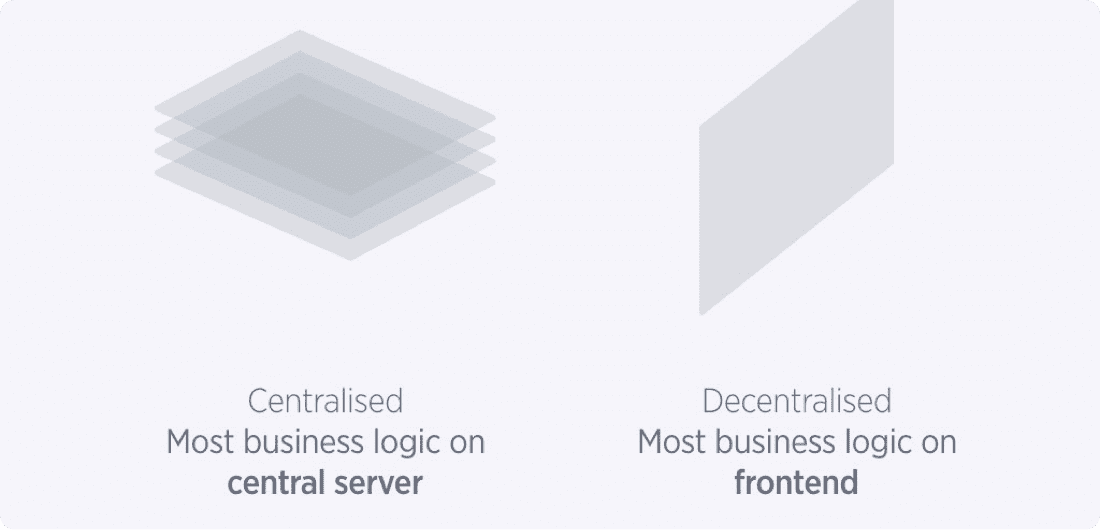
Why are they more unconventional and more complicated? Because the underlying technology is really different. On conventional services, a typical server handles the business logic. On decentralized services, the frontend, ie. the browser on a user’s device takes care of the business logic.
In order to not confuse the user, some service went ahead and used a conventionally looking registration method on top of their decentralized architecture. This results in strong usability issues. I won’t go into details here as we have written extensively about this nuanced topic here.
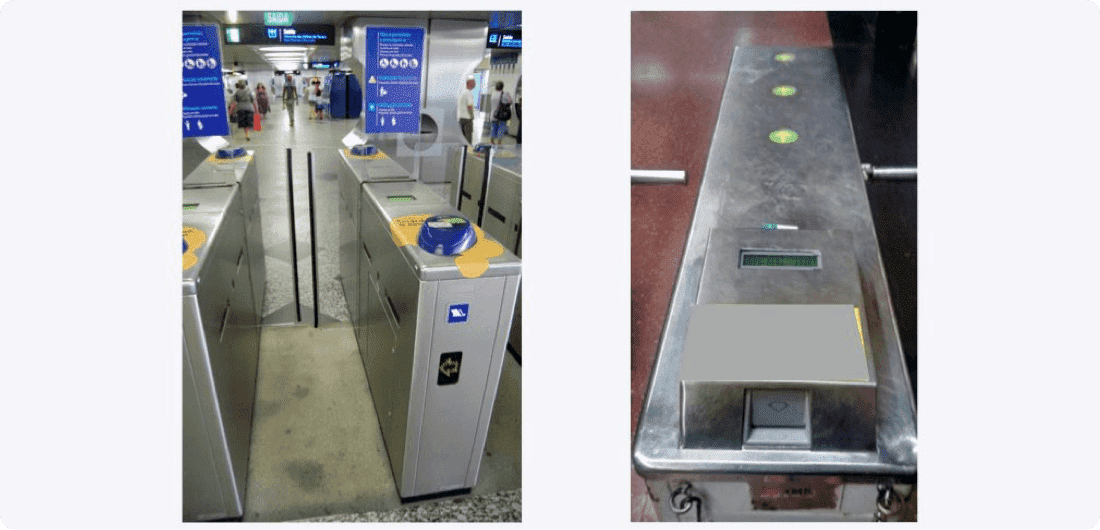
The underlying mistake such services make is that they employ a mental model that users have built throughout their web2.0 experience. Now they expect users to behave the same way although the actual UI works differently (because the underlying fundamentals are different).
Look at the above picture that shows a gate. Looking at the right hand image, would you pass on the left or on the right? In fact, you have to pass on the right. As it turned out, the city council of Barcelona figured that most people want to pass on the left (as they put in the ticket right their right hand). That’s how such a gate typically works. Well, not in Barcelona’s metro. This is how strong mental models effectively are (for how a gate works for example).
The city council added a sticker on top that showed in clear letter that one has to pass on the right.
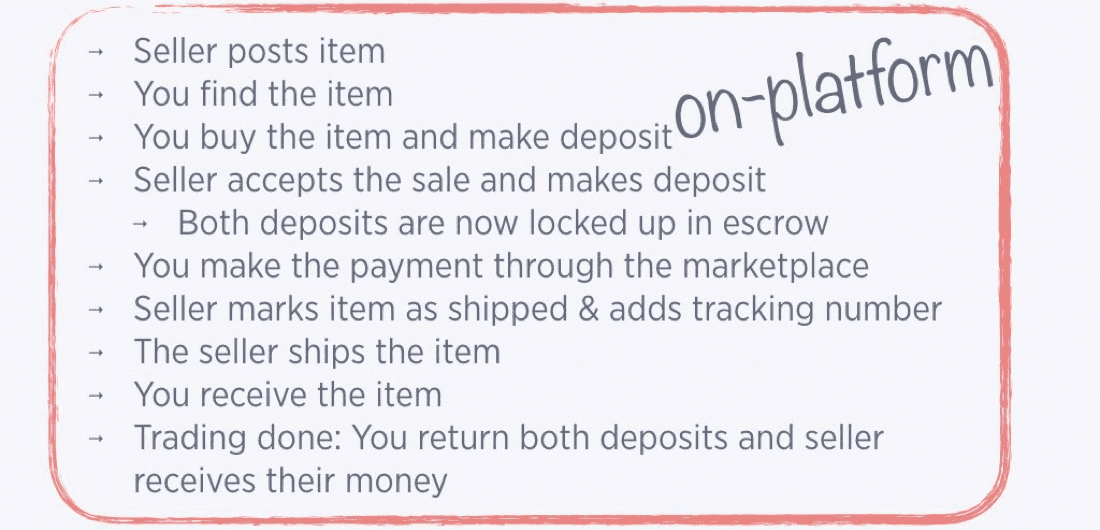
The last major point I made during the presentation was such that due to the underlying blockchain, many apps actually require the user to go through more steps in the app or platform than they would in a conventional app or platform. Oftentimes any action that a user may (have to) take on such an app, e.g. to close a sale, is directly connected to a transactions on the blockchain.
For example: On Craigslist, a user would do these steps:
- Seller posts item
- You find an item
- You message the seller that you are interested
- You both agree on a price
- You make the payment
- The seller ships the item
Now, note that only the first 2 are actually on the platform.
On a blockchain-based marketplace like Bitbay’s, there are firstly more steps and secondly all steps have to be taken proactively on the platform. This fact means that the designers have to take extra care to design flows that align with conventional mental models and are as simple as possible. Here you find more about mental models.
The full presentation will be made available by Codemotion. Once online, I will add the link here.
Want to come up with a new digital product, expand your existing business, stay competitive? What's your next step?
Get in touch with Andree Huk
at +49 30 5557 7174 or [email protected].